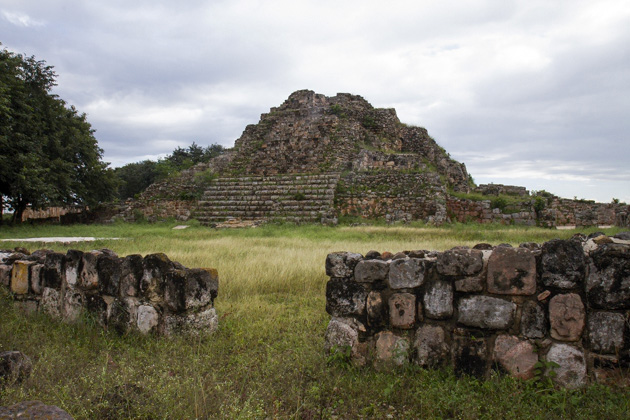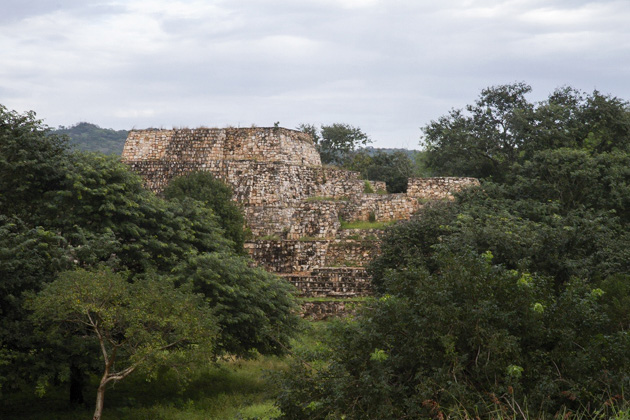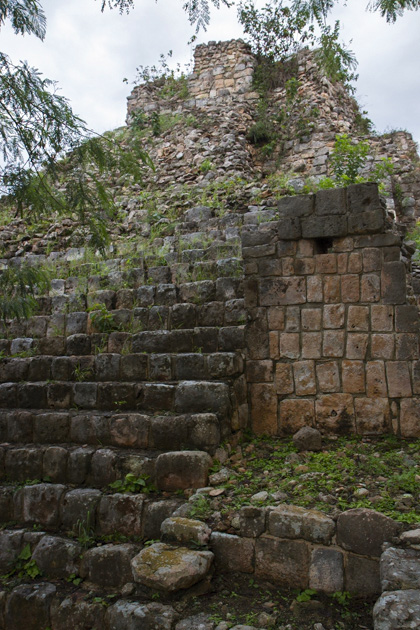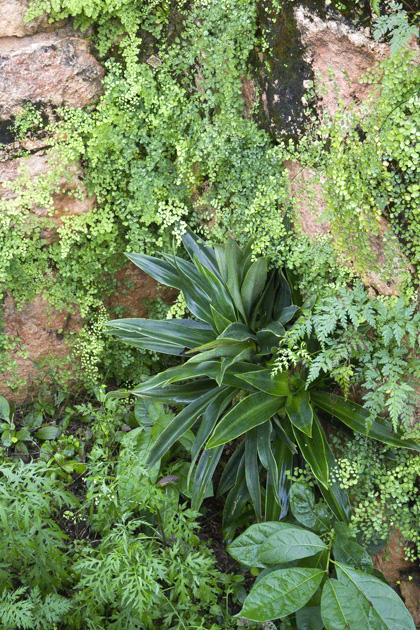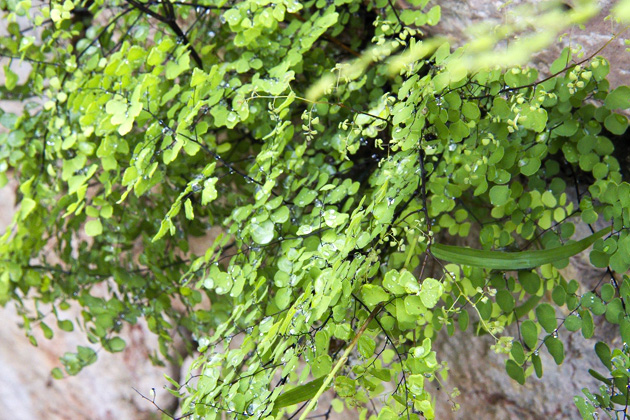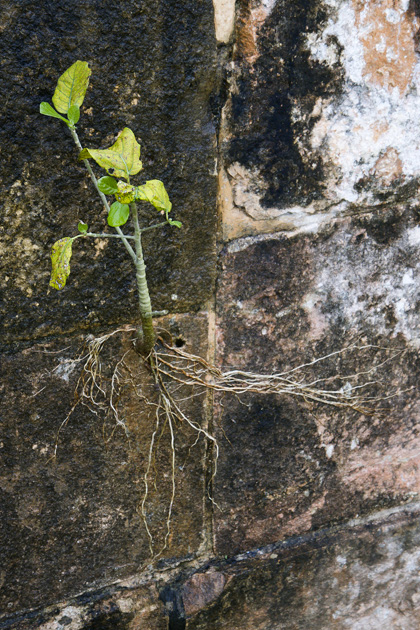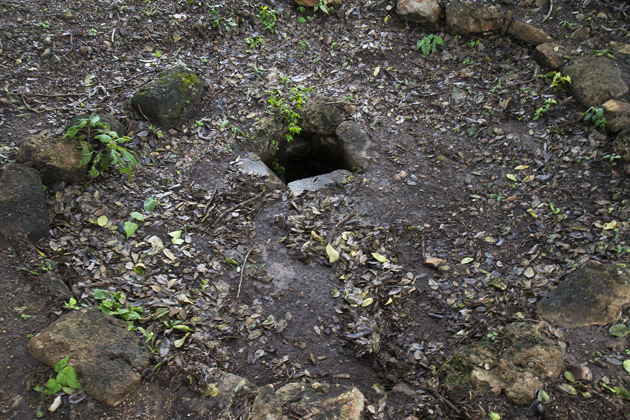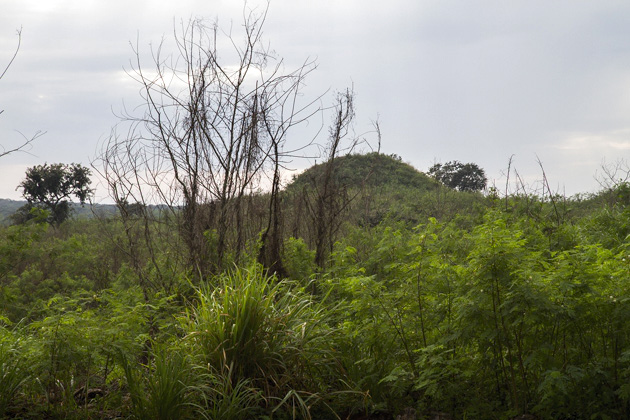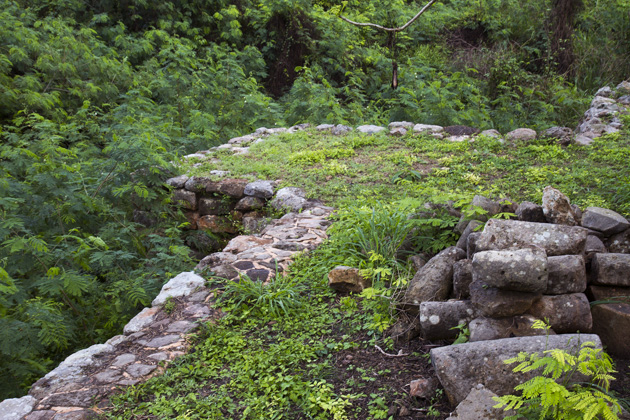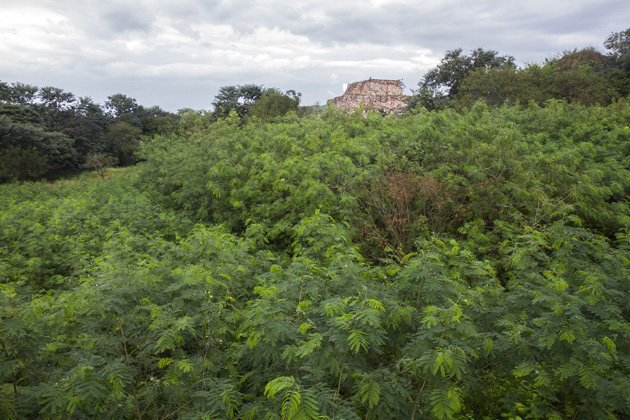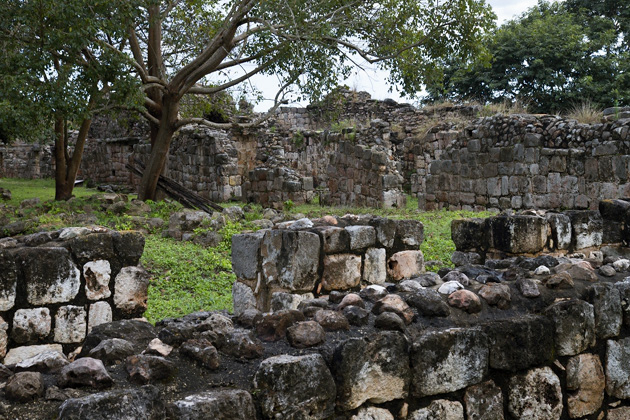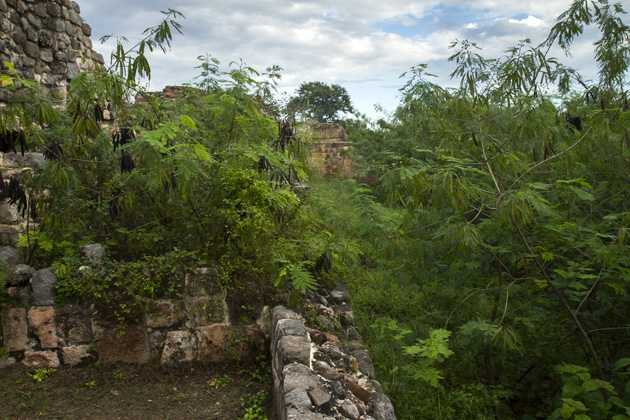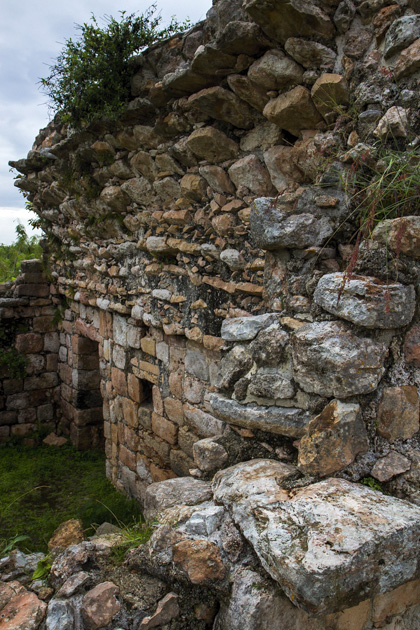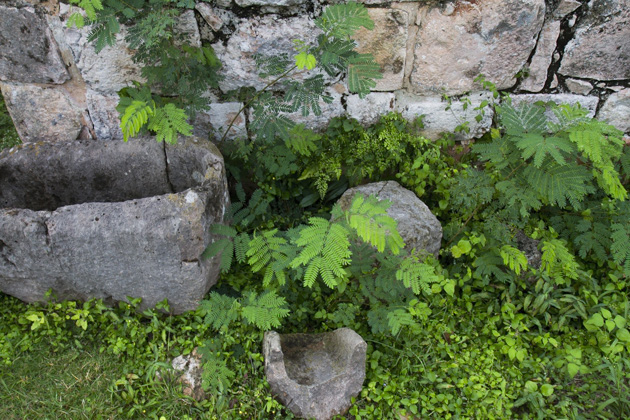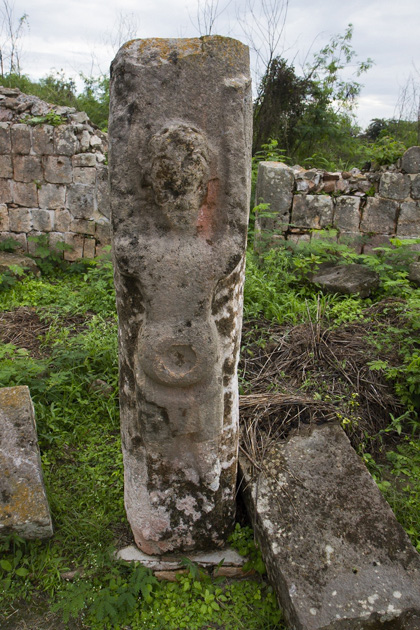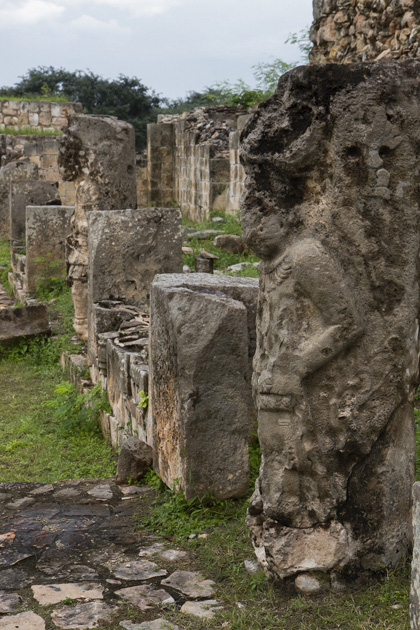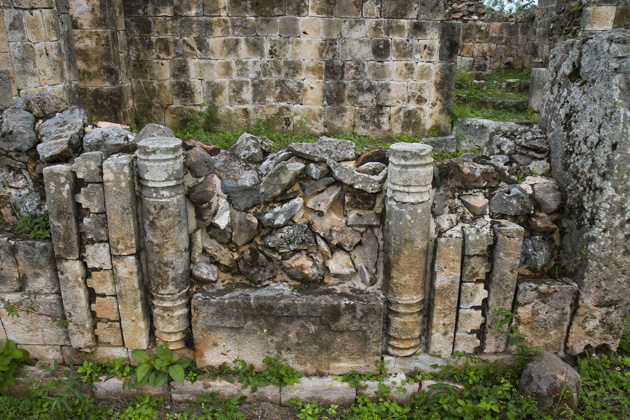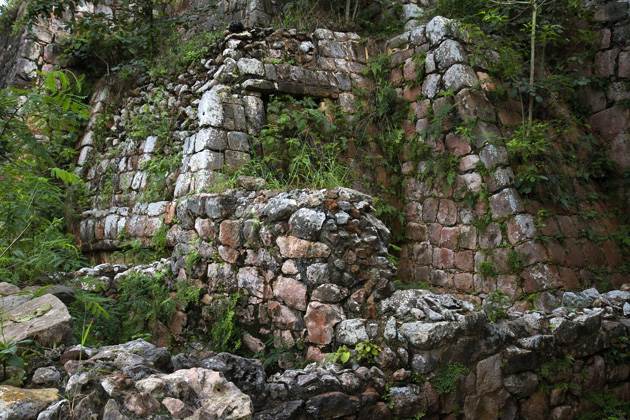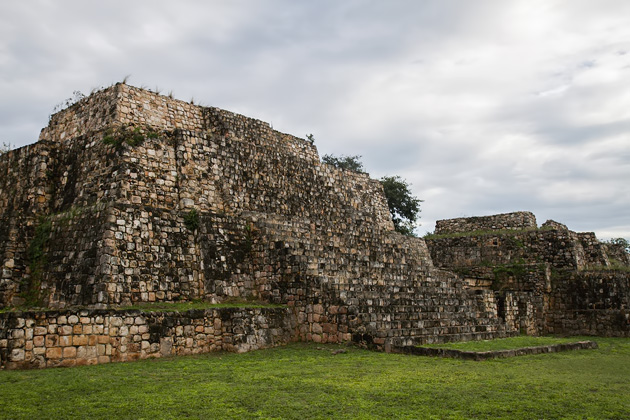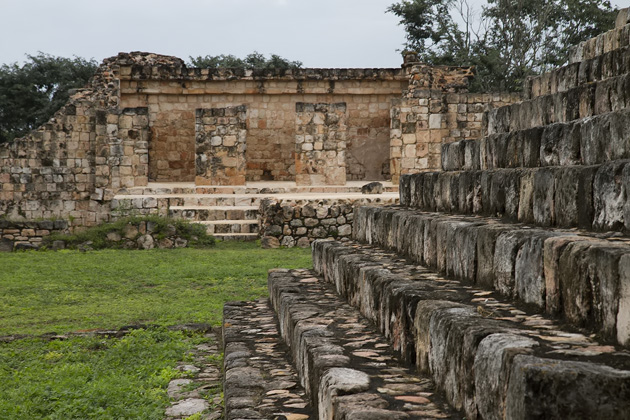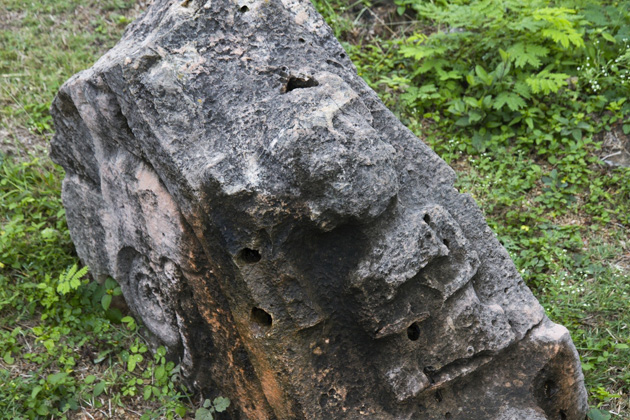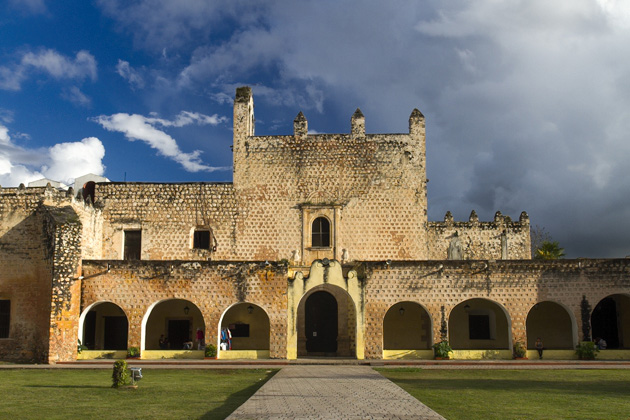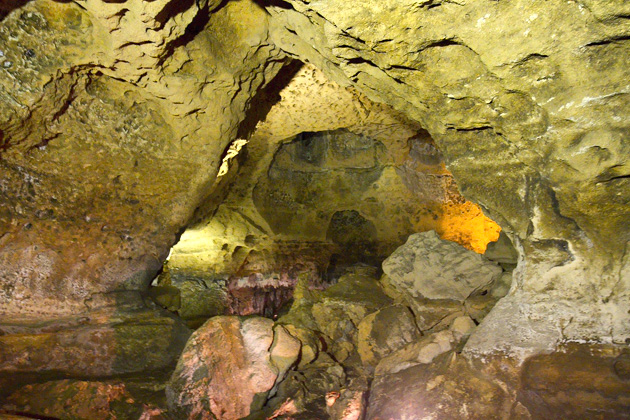The Forgotten Ruins of Oxkintok
Okay, so the ancient Maya site of Oxkintok is not “forgotten” in any true sense of the word. It appears on maps and in guidebooks, and there are people waiting at the entrance to collect your fee. But once you’re inside, wandering about ruins half-reclaimed by the jungle, so distant from the next town, Oxkintok feels forgotten. And you’re allowed to feel like the intrepid adventurer who discovered it.
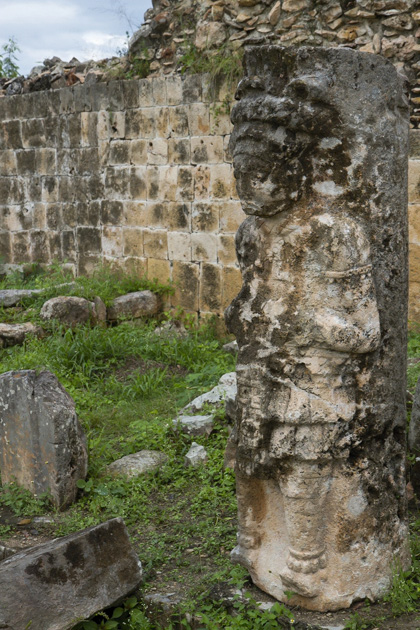
We’ve learned that, in terms of quality, the place you’re visiting and the experience of visiting it are often completely distinct. I mean, Rome is essential, but visiting it can be excruciating. It’s tiring, dirty, crowded, overwhelming. In contrast, the tiny town of Sandpoint, Idaho has nothing specific to recommend it, but it’s so beautiful, peaceful and remote, that it’s hard to imagine anyone not falling in love with it. But if someone came to me and said, “I can spend a week in either Rome or Sandpoint, which should it be?” Obviously, the answer is Rome. There’s no doubt. But really, you’d probably enjoy yourself more in Sandpoint.
This is what I was thinking about while picking my way among the ruins of Oxkintok, found in the southeastern corner of Yucatán State. We were visiting soon after our trip to Chichén Itzá, and the contrast couldn’t have been more stark. To reach Oxkintok, we had embarked on a long trico ride along unpaved and increasingly bumpy roads from Maxcanú. Although the ruins here weren’t anywhere near as glorious as those we’ve seen elsewhere, they were far from unimpressive.
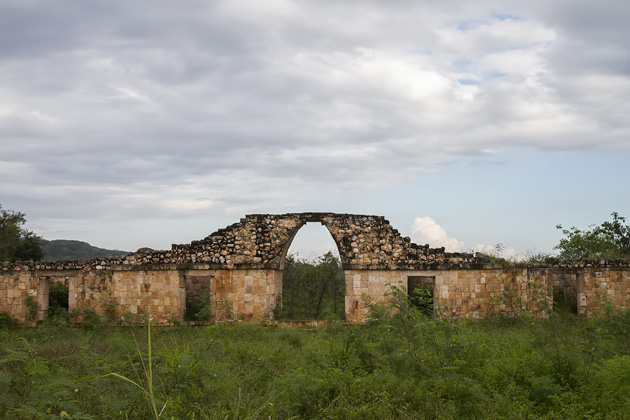
Oxkintok looks just like the crumbling Maya cities of my imagination. We were the only tourists here, and I wouldn’t be surprised to learn we were the first in a very long time. The place just feels abandoned, and I mean that in the very best sense of the word. We had a blast hiking from temple to temple, free to climb around many of them, occasionally spotting strange sculptures or statues sticking out of the jungle, often spooked by a loud rustle from some bit of undergrowth near our feet.
Unlike our visits to other Maya sites, I largely disregarded the information which was posted in front of the most important buildings. Here, I didn’t really care whether this was Structure B8 or A3, or in what year it was built. I simply enjoyed the sensation of adventure and discovery, unconcerned about committing dates and facts to memory. We appreciated Oxkintok not for what it used to be, but for what it’s become: the most atmospheric ruins we saw during our time in the Yucatán.
